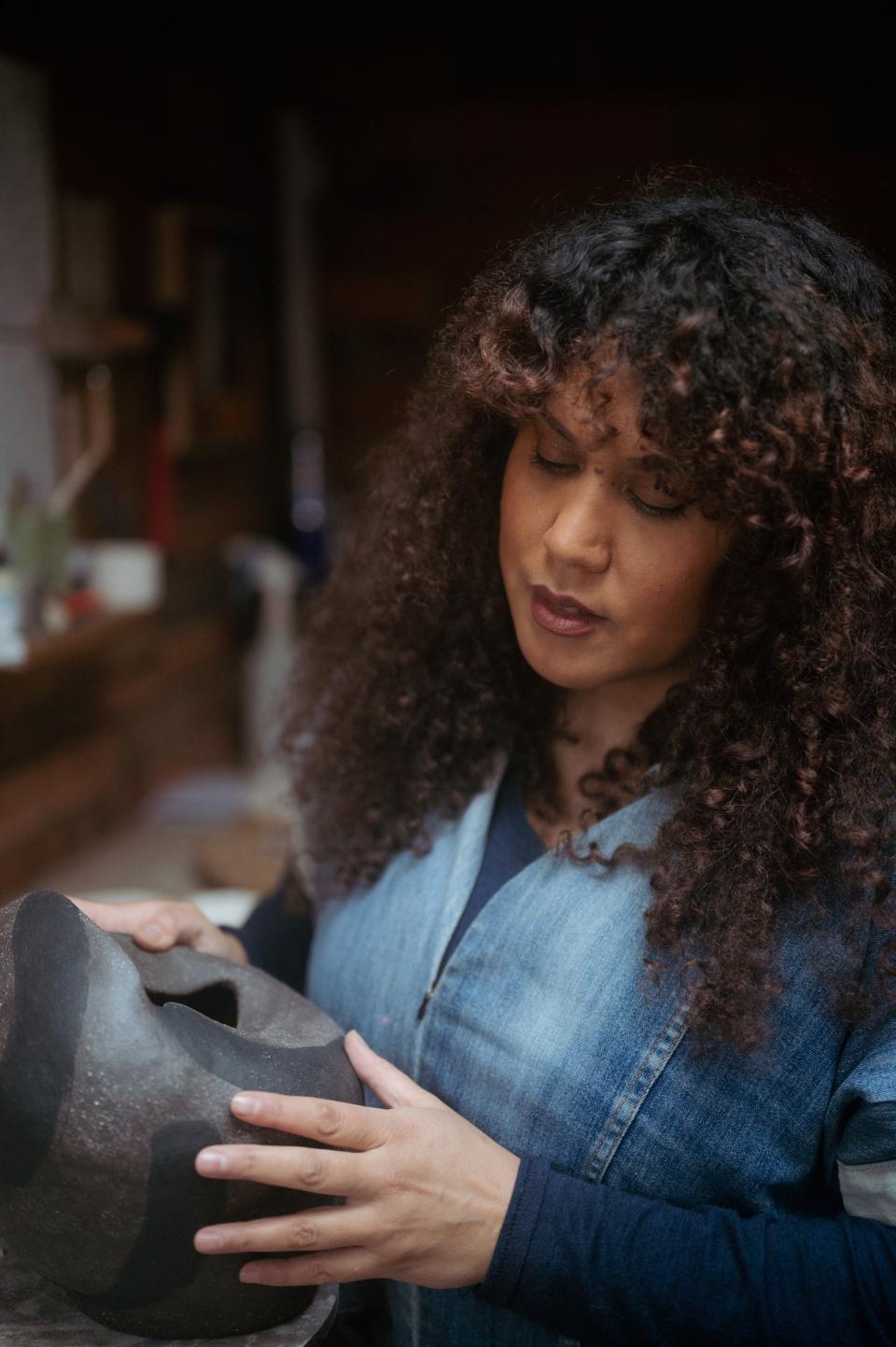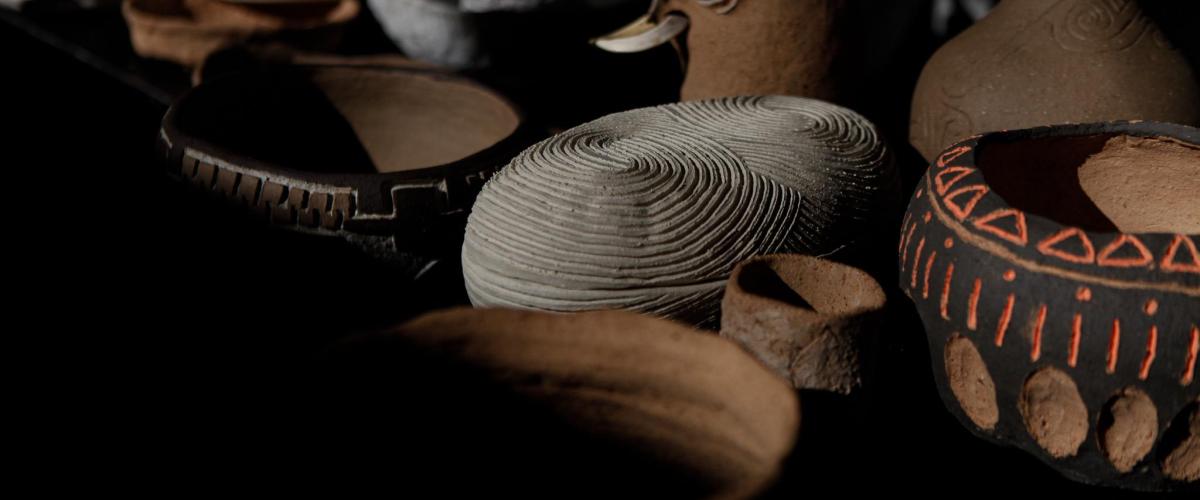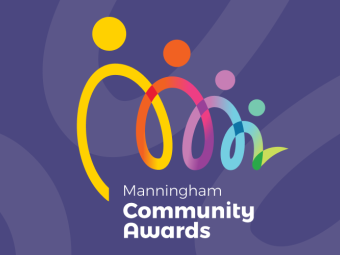Wednesday 26 June to Saturday 10 August 2024 at the Manningham Art Gallery, 687 Doncaster Road, Doncaster.
Grace Dlabik is a Manningham resident and trailblazing interdisciplinary artist. Over her 25-year career, Grace has been highly sought after for her vision and strategic work in future thinking and community building. Grace’s work has been deeply informed by her Melanesian heritage as she creates connected environments with community care and culture at its core.
Manningham Mayor, Councillor Carli Lange, said the exhibition is a fantastic opportunity to experience the works of local resident and distinguished artist Grace Dlabik.
“This immersive exhibition explores the themes of culture, connection and community and I encourage everyone to visit the gallery and enjoy.” Cr Lange said.
Grace was awarded the 2023 Mordant BLAK C.O.R.E Fellowship, during which she led karu kin, a project focused on connecting indigenous women and non- binary folk through clay making. This project informed her upcoming exhibition at the Manningham Art Gallery, titled kose karu kin.
We asked Grace about her creative process and the inspiration for her upcoming show
Tell us about your upcoming show, kose karu kin?
This exhibition is a combination of my own art, titled kose, and a special project karu kin that I led during my fellowship.
kose is comprised of limestone sculptures that represent pillars of strength in community, kinship systems of care and nourishment. A reminder of who I am, who we are and where we come from and honouring my matrilineal bloodline.
karu kin is the project that speaks to the kinship relationality and ways of connection through gathering and sharing through clay making. This involved seven indigenous women and non-binary people.
Both projects of work use nature as a way of deeply connecting to our culture and the body of work that combines the use of both materials of the earth, limestone and clay.
Tell us a bit about your current artistic practice and what you’re currently exploring and making?
My practice is intrinsically connected to my cultural roots from my mother’s side who are makers, great orators, voyagers, singers and feasters. I have found myself longing for a deeper connection to this part of myself and have felt called to explore these parts of myself more deeply.
My artistic practice informs the way I am thinking about restorative cultural practices and the continuation of culture through contemporary ways. Through the yearning for using my body; my hands, and breath – I’m exploring clay making, limestone sculpting, wood carving and printing.
What are some of your first experiences of connecting to art?
I have always been a big dreamer. I remember often laying on the grass in the backyard and drawing
imaginary shapes with my hands against the backdrop of the clouds and sky and other times I would draw with sticks into the earth. Such big foundational anchors that have informed my imagination and my art practice today. I come from the Botai clan of Hanuabuda and the Lavaipia clan of Lese Oali, songlines would be my first memory of sound art – hearing through song and language and then learning traditional dances from Papua New Guinea.
How does living in Manningham on Wurundjeri Country inform your practice?

I am a settler here on Wurundjeri Woi-wurrung Country and often reflect on the inherent care and connection that First Peoples have for the waterways, land and so I consciously and deeply care and respect this land I am privileged to live, create and make art on.
I am often creating works in the garden and on the property so immersed in my beautiful surroundings.
Photo credits: Dan Elborne. Image courtesy of Grace Dlabik.



